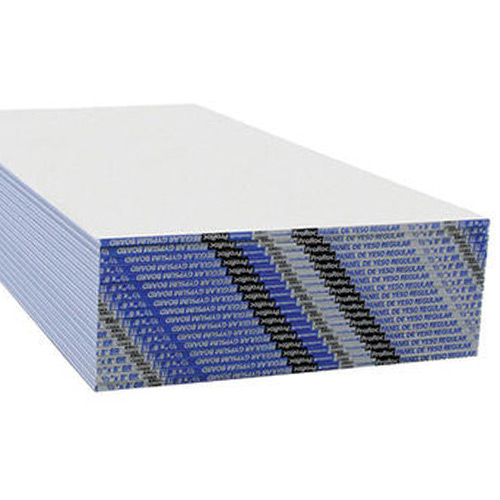When faced with the unfortunate situation of wet drywall, it is crucial to act swiftly and effectively to prevent further damage and potential health hazards. This comprehensive guide will provide you with professional advice on what to do if your drywall becomes wet, ensuring that you can restore your walls to their former glory.
- Assess the Situation:
Before taking any action, it is essential to evaluate the extent of the water damage. Identify the source of the water intrusion and determine whether it is clean water (e.g., from a burst pipe) or contaminated water (e.g., sewage backup). This assessment will help you gauge the severity of the problem and decide on the appropriate course of action. - Ensure Safety First:
Safety should always be your top priority. If the water damage is extensive or if there is a risk of electrical hazards, turn off the power supply to the affected area. Additionally, wear protective gear such as gloves, goggles, and a mask to minimize exposure to potential contaminants. - Remove Wet Materials:
To prevent further water absorption and mold growth, remove any wet materials from the affected area. Start by carefully removing baseboards, trim, and any other non-structural elements. Then, cut away the wet drywall using a utility knife, ensuring that you make clean, straight cuts along the edges of the studs. - Dry the Area:
After removing the wet drywall, it is crucial to thoroughly dry the area to prevent mold growth. Use fans, dehumidifiers, and open windows to increase air circulation and facilitate the drying process. Consider using moisture meters to monitor the moisture levels in the affected area and ensure it is completely dry before proceeding. - Treat for Mold:
Even if you have successfully dried the area, it is essential to take preventive measures against mold growth. Apply a mold inhibitor or a mixture of bleach and water to the exposed studs and surrounding areas. This step will help eliminate any existing mold spores and inhibit future growth. - Replace and Repair:
Once the area is dry and treated for mold, it is time to replace the removed drywall. Measure and cut new drywall to fit the space, ensuring a snug fit. Secure the new drywall to the studs using screws or nails, and then apply joint compound and tape to create a seamless finish. Sand the area smooth and apply primer and paint to match the surrounding walls. - Address the Source of Water Intrusion:
To prevent future water damage, it is crucial to identify and address the source of the water intrusion. Whether it requires fixing a leaky pipe, repairing a faulty roof, or improving drainage around your home, taking action to prevent future water damage is essential for the long-term health of your drywall.
Conclusion:
Dealing with wet drywall can be a daunting task, but by following these professional steps, you can effectively restore your walls and prevent further damage. Remember to prioritize safety, thoroughly dry the area, treat for mold, and address the source of water intrusion. With proper care and attention, your walls will regain their integrity, ensuring a safe and beautiful living environment.

